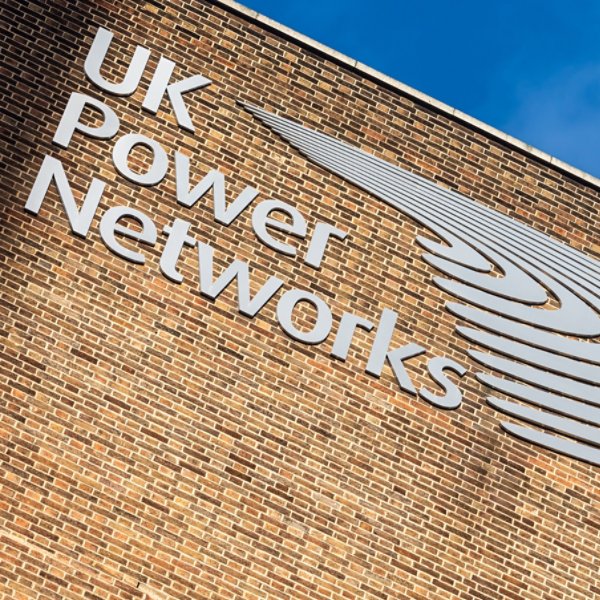Out with the old, in with the bold.
That’s the idea many IT professionals are embracing this spring as they look for ways to modernize their IT infrastructure. But simplifying a company’s digital transformation isn’t easy — in fact, a number of companies fall short with IT modernizations because they lack a clear strategy or skills, costs creep up and it can take time to implement.
“A lot of corporate networks have been in operation for a long time and involve many generations of technology,” said Paul Savill, Global Practice Leader of Network & Edge at Kyndryl. “The inventory and configuration settings for these networks are maintained with varying levels of hygiene and in multiple systems, making it difficult to get a complete, accurate view, which adds risk to any company’s IT modernization.”
Here are six ways you can clean-up your IT infrastructure and make your organization more efficient.
1. Create a data-driven culture
Companies want to be more data driven, hoping to identify and implement efficiencies, enable AI at scale and make better business decisions. But data analytics take time, investment and commitment from leaders across an organization. “To become a data-driven enterprise, companies must embrace a cultural shift,” said Nicolas Sekkaki, Global Practice Leader of Applications, Data & AI at Kyndryl. “It’s critical to develop a strong and agile data strategy that removes data silos, ensures the quality of your data, and grows and transforms with your business.”
2. Gain a comprehensive understanding of all operational needs
While many businesses have old and complex IT infrastructures, they could be hindered more by a disconnect between the technology it implements and what its end users really need. In fact, a Kyndryl-commissioned survey from Forrester Consulting found that about half of organizations can effectively scale IT operations as needed (55%) or quickly respond to disruptions (52%). “Often, IT modernizations are driven by the central IT organization rather than individual lines of business,” said Harish Grama, Global Practice Leader of Cloud at Kyndryl. “Businesses must first focus on becoming more transparent and agile and gaining a more holistic view across operations as they embrace modernization. The decisions they make today will ultimately enable them to address unexpected events and drive tangible business outcomes in the future.”
Businesses must first focus on becoming more transparent and agile and gaining a more holistic view across operations as they embrace modernization. The decisions they make today will ultimately enable them to address unexpected events and drive tangible business outcomes in the future.
3. Align IT strategy to corporate strategy — and then build an end-to-end experience
For some businesses, traditional ROI projections for IT system modernizations are outdated. For others, the investments may be evaluated on a short-term or single technology basis. But the true ROI should be considered complementary to larger digital transformation projects. “Where we see the ROI really skyrocket is when these solutions are integrated with other tools focused on employees or on harnessing new sources of end-user data,” said Ivan Dopplé, Global Practice Leader of Digital Workplace at Kyndryl. For example, we offer digital management solutions that can help an organization tackle various challenges and tasks when it comes to end-to-end IT modernization — from optimized device refresh and device spend to buying the right devices and proactively eliminating projects.
4. Develop a risk management plan for key business services powered by IT
Managing cyber risks — including security and privacy — is not just a technology requirement but also a business requirement. Organizations must prioritize their most important business services (including supply chain partners, technology assets and data that powers them) and develop a cyber risk management plan that outlines specific actions to mitigate each identified risk. It’s critical that cyber security and resilience requirements are identified, designed, implemented and operationalized throughout the business. “In an environment in which the question is when and not if cyber related disruptions will occur, organizations should broaden their focus beyond just a prevention strategy to focus on cyber resiliency and recovery strategies,” said Kris Lovejoy, Global Practice Leader of Security & Resiliency at Kyndryl. “Enterprise leaders should create a sense of prioritization and shared responsibility for cyber risk initiatives — including security — across the company.”
Enterprise leaders should create a sense of prioritization and shared responsibility for cyber risk initiatives — including security — across the company.
5. Take a holistic approach to mainframe modernization
As companies progress on their cloud transformation journeys, they may be tempted to maintain their mainframe as-is or move off the platform entirely. However, it’s important for enterprises to take a holistic approach regarding mainframe modernization strategies and decide on the right platform for each specific workload. “Businesses should decide whether they want to modernize workloads on the mainframe, integrate them with the hyperscalers or move workloads off to the cloud — rather than doing nothing or a complete overhaul of their mainframe estate,” said Petra Goude, Global Practice Leader of Core Enterprise and zCloud at Kyndryl. “Working with an experienced provider can help enterprises to effectively manage costs and drive more value from their IT investments.”
6. Hire IT modernization experts
IT modernizations can fail if inventory records of legacy infrastructure isn’t very good. Doing the necessary research to understand what’s needed often requires a lot of additional resources — and many companies lack resources to allocate to the effort. “The great news is that advances have been made in the sophistication of network/config discovery tools,” said Savill. “We’re helping customers with these projects because we can deploy the additional expert resources that are skilled with these tools for the project’s duration.”


